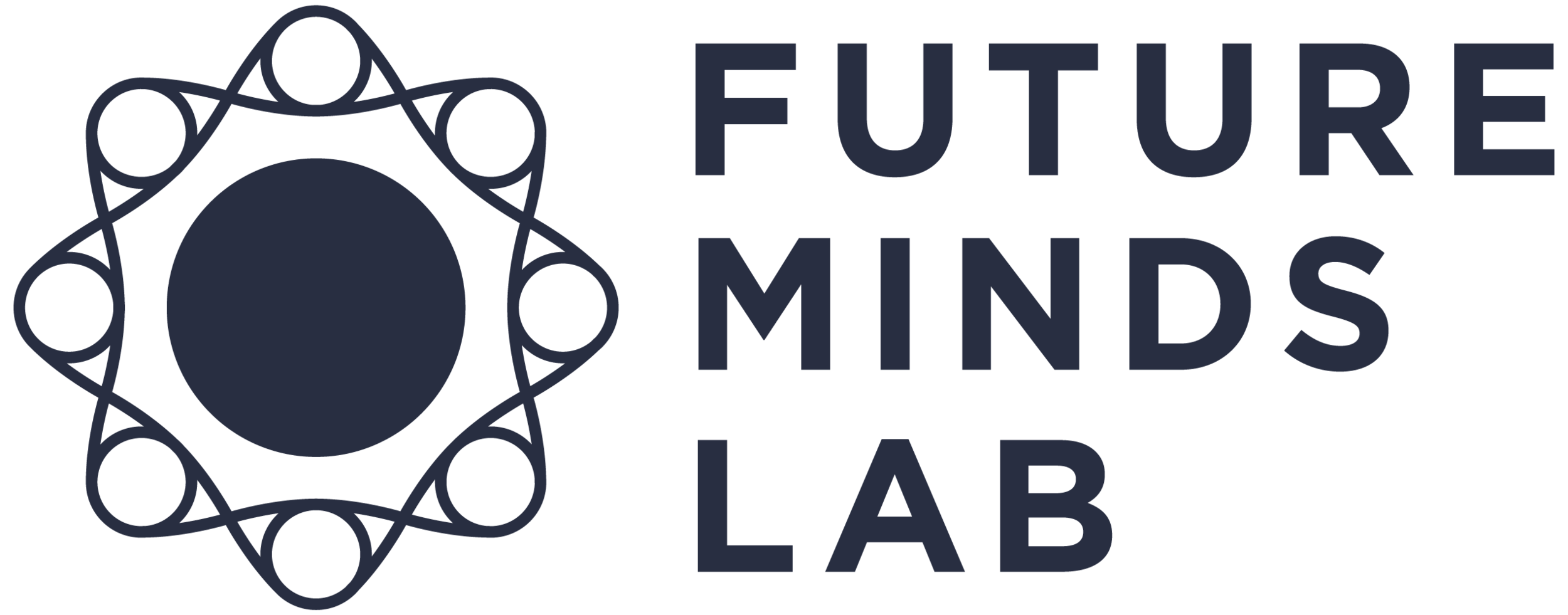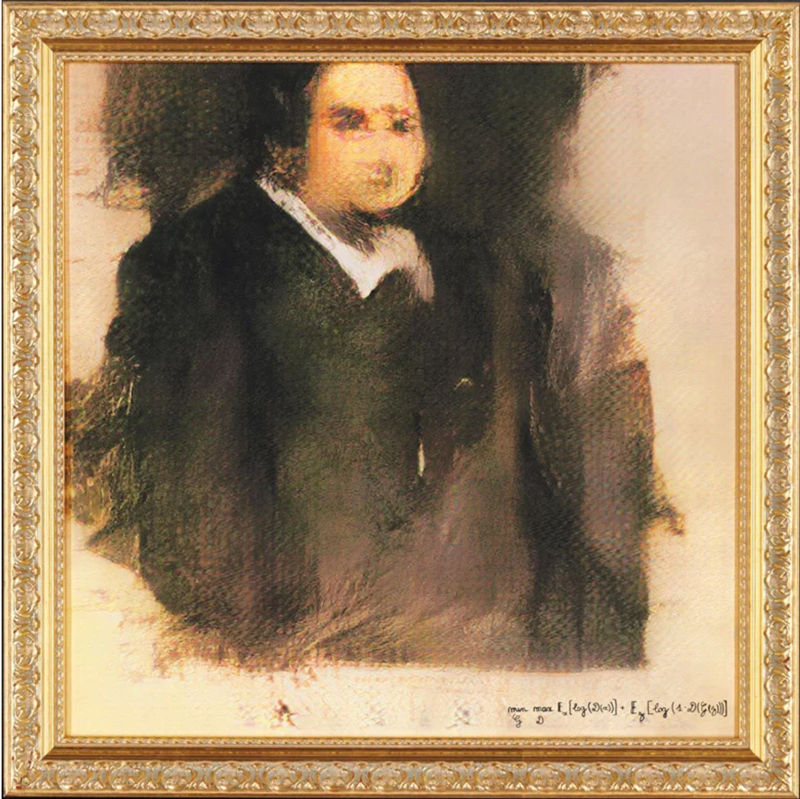Can AI make humans more creative?
By now you’ve probably at least overheard people talking about the rapid rise of artificial intelligence (AI). Never far behind is the doom and gloom about the future of work, with predictions like 14% of the global workforce being replaced by automation by 2030.
Because AI is perfectly suited to some types of work but not so well-equipped for others, the skills that will be valued in the workplace are shifting towards things that we as humans will be better at than AI. Identifying these skills is raising fascinating questions about which talents are uniquely human, but also how others might benefit from augmentation by AI. Creativity is central among the skills that will be prioritised in the near future, and is destined to become the third most valuable skill in the workplace by 2020.
Debate still rages about whether AI can ever be truly creative, but while everyone else is talking about it, AI is getting on with it. There are new demonstrations of AI producing novel content all the time, from music scores to movie trailers, and from news articles to visual art.
Portrait of Edmond Belamy, 2018, created by GAN (Generative Adversarial Network). Sold for $432,500 on 25 October at Christie’s in New York. Image © Obvious
In fact, we at MindX (a division sitting beside Future Minds Lab) recently investigated the cognitive profile of intuitive people, which was used in conjunction with 15 years of award-winning advertisements to train an AI that wrote and edited a car commercial for intuitive people. The quality of this content is increasing steadily–at a recent contemporary art exhibition, 75% of those asked thought that AI-generated images were produced by a human. So even if you don’t agree that AI can be authentically creative, it’s hard to deny that it can be productive. This ensures that to some extent, AI will be involved in many types of creative work into the future.
Despite this, humans will always value creative expression coming from other humans, meaning that traditional creative disciplines will always involve people. So instead of wondering whether creative jobs will disappear, it may be more useful and more interesting to talk about how the creative process might change with the introduction of AI.
AI can help get to the good stuff
In a recent study, three quarters of creative professionals spent more than half their time on menial and repetitive tasks–and AI loves menial and repetitive tasks. Streamlining and automating these tasks will free people up to focus on the more creative aspects of their work, which are often the parts we most enjoy.
For a number of years already, algorithms for image classification and object recognition have been making work easier for designers, marketers, artists and more by making image databases more searchable and intuitive. Beyond this, companies like Airbnb use AI to help their interface designers immediately turn wireframe sketches into finished products, drastically reducing the time it takes to test new ideas. Many algorithm-driven tools are also used in visual design work. For example, Netflix’s algorithms analyse the contents of images so that they can be automatically cropped and text can be placed without human intervention.
With AI taking care of tedious and uncreative work, people can devote greater time and resources to more important parts of the creative process, like ideation and strategy. This will boost the quantity–and more importantly the quality–of creative output, especially given research showing that reducing cognitive load improves the originality of ideas generated in the lab.
AI bring a whole host of new tricks of the trade
AI is also broadening the set of tools available for the creative process. For example, captivating new visual effects can be produced by feeding video streams through AI that has been trained on restricted data. In music, unique instrument sounds can be created by combining the mathematical characteristics of separate instruments, which can then be used to compose songs. With these new techniques, the creative arsenal will be bigger and more varied than ever, and those that want to will be able to delve deeper when designing the basic building blocks for their work.
AI may also democratise creativity by making onerous tasks requiring advanced technical skills more accessible. For example, 3D animation has until now been time-intensive and complicated, but machine learning is increasingly being used to automate the process. With AI improving their useability, animation tools will become more available to both casual and professional creatives, providing new avenues for them to express ideas.
If AI has no hands, can they get dirty?
The applications for AI mentioned so far will be valuable in creative work, but are also a little superficial. But this is not where the story ends. AI can roll up its sleeves and make more meaningful contributions to the creative process, and this possibility is already changing how we create.
In a musical project, IBM’s Watson analysed five years of text from social media, the New York Times, Wikipedia, and elsewhere to identify cultural themes that resonated widely across society. This analysis was then used by Alex Da Kid to inspire the lyrical content for a new song. Separately, thousands of tracks were analysed and the output presented to Alex Da Kid in an immersive experience that inspired melodic ideas during writing of the music itself. In these situations, AI doesn’t have direct input into the final form of the creative outputs, but is instead used as a platform to inspire and build new ideas.
But humans and AI can collaborate much more closely than this. For example, AI can be trained on popular music, allowing it to analyse the structure of a series of notes and predict what might be played next. When it generates audio based of that prediction, it creates a meaningful continuation of the musical idea rather than a simple repetition. This could be used to explore and develop musical ideas in collaboration with AI (see video below from 21:27). It isn’t hard to imagine how systems like this could be tweaked to allow human and AI musicians to jam and improvise together.
Looking forward: together
While creativity may or may not be uniquely human, our desire to connect with other humans through creative expression gives people a privileged position in this area. Technological innovation has always been used to boost human capacities, and with more and more sophisticated AI systems creativity looks to be part of the next frontier of tech-assisted augmentation. It may get a little bumpy while we transition to new ways of thinking about how we create, and we will inevitably need to grapple with some tricky issues along the way (such as whether we extend authorship and ownership to non-human entities). But people working in creative areas are already intrigued by the possibilities, and with loads of amazing content already being produced in conjunction with AI, it’s hard not to get excited.

